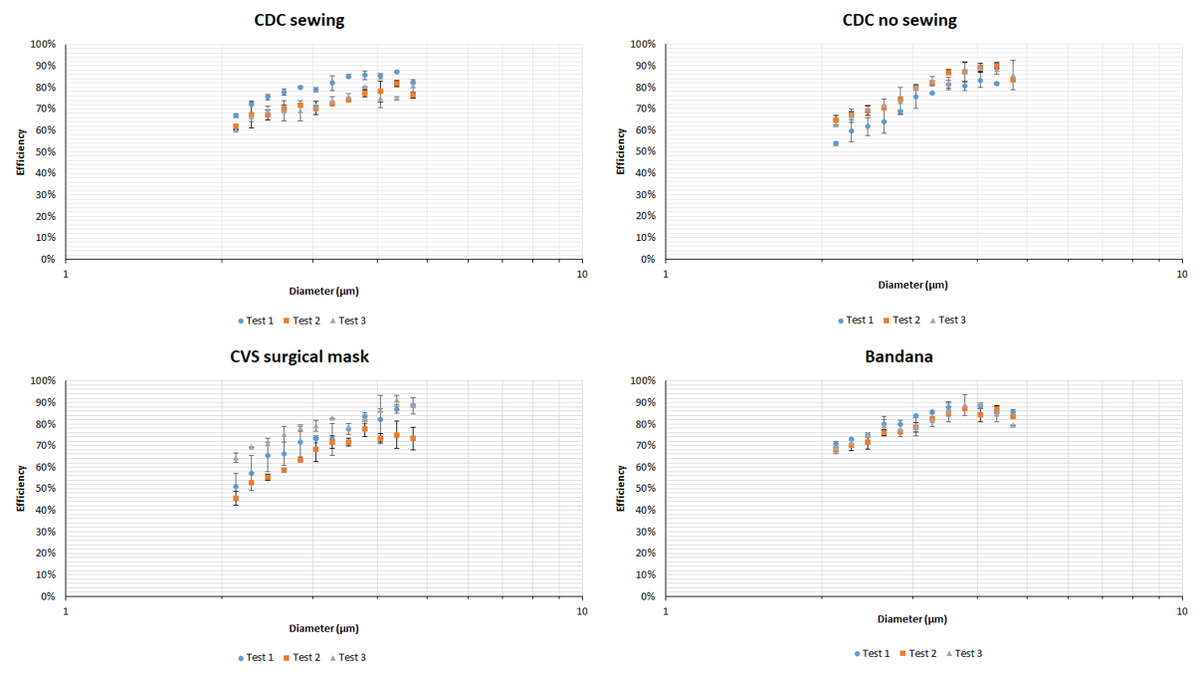onto exposed fomite or mucosal surfaces." /2
defines respiratory droplet spread is fallacious, as small
particle aerosols are in the highest concentration close to
patients and dissipate with distance." I want to ask the author if I can hug him. /4
particle size emitted by the diseased person, as current
guidelines suggest, but more by biological factors such
as the size of the emitted inoculum," /5



